Estate dealers need to be on the lookout for lab-grown diamonds in antique jewelry.
The rise of lab-grown diamonds has had every diamond dealer on high alert over the past several years. But dealers in estate jewelry are now being warned they could also get stiffed by the unscrupulous swapping of synthetic stones, warns professional appraiser and industry consultant Edward Lewand.
The threat of such unethical switches has been on the rise due to the rapidly growing availability of all shapes and sizes in the lab-grown market. Any attempted substitution of lab-grown stones will likely be in melee and center stones, especially in pieces from eras like the 1920s and 1930s, when diamonds were big, according to Lewand. “That’s when we might see a stone being replaced, say, in an engagement ring.”
He also cites the Art Deco period, “when larger stones were cut in shapes that transitioned between the old European and the modern cut. Once we go into the 1950s, we’re seeing modern-cut stones. Identifying the cut of the stone is going to be important in dating the piece and hopefully identifying whether it is natural or man-made.”
The fear factor surrounding synthetic scams is also likely to increase as more sophisticated lab-grown stones come to market. However, there are proactive measures that can be taken. “If we educate dealers now, then we don’t have to worry when the issue develops, because everyone will know what to do,” advises Lewand.
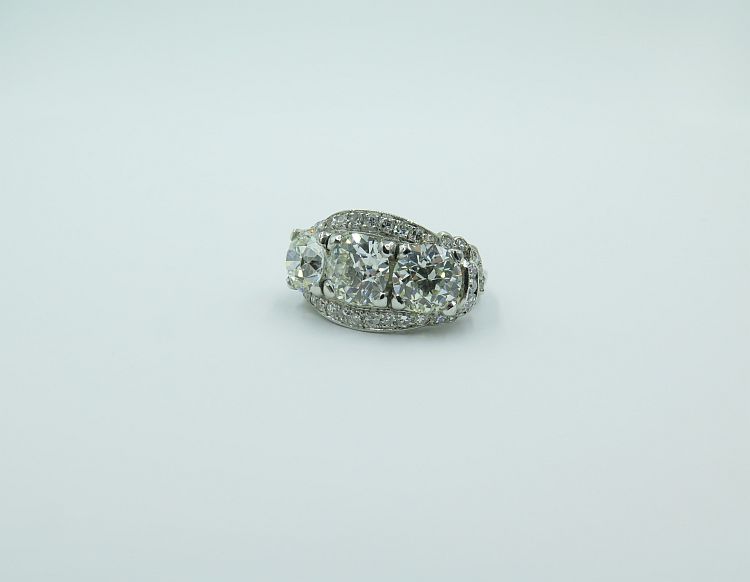
The simple solution
So, what steps should estate jewelers take to educate and protect themselves? Better product knowledge is imperative. “Dealers should be aware of as much information as they can get on construction, style, motifs and different colored stones used in the different periods,” says Lewand. “I think that’s number one.”
Number two is to create a provenance for the piece to show its age.
“They have to get paper and information from the clients to show, for example, that the ring on offer was bought in 1995 and that therefore, the stone is natural,” he advises. “Old insurance documents, whether a piece was insured prior to 2010 or 2012, are important. If there’s a letter from a client saying the piece was owned by a relative or there are photographs of the jewelry being worn to establish, going forward, some provenance, [this] helps assure that this is really an antique piece with natural stones. That paper trail and paperwork are going to have to stay with the stone forever.”
The frontline of defense against synthetic gaining a foothold in the world of antique and estate jewelry, will be the mom-and-pop shops and dealers who have in-depth knowledge of the details and construction of authentic pieces. This will help them ensure they are buying the real thing, says Lewand. “Once antique and estate jewelry dealers are comfortable with identifying the craftsmanship, styles and settings of different periods, they will start playing an important role in the identification of any substitutions of stones.”
As a case in point, Lewand recalls someone bringing him a bracelet they said was Art Deco. “I had to explain that it was impossible to have 550 identical old-mine-cut stones in a Deco bracelet, which, moreover, was cast rather than handmade,” he recounts. “On the other hand, I spoke to a woman who had a large ruby starburst-like brooch, circa the 1940s and signed Tiffany & Co. The center stone was 3 carats. She was able to provide a history of her mother owning the piece. By knowing when and where this brooch came from, we could know this was a real stone.”
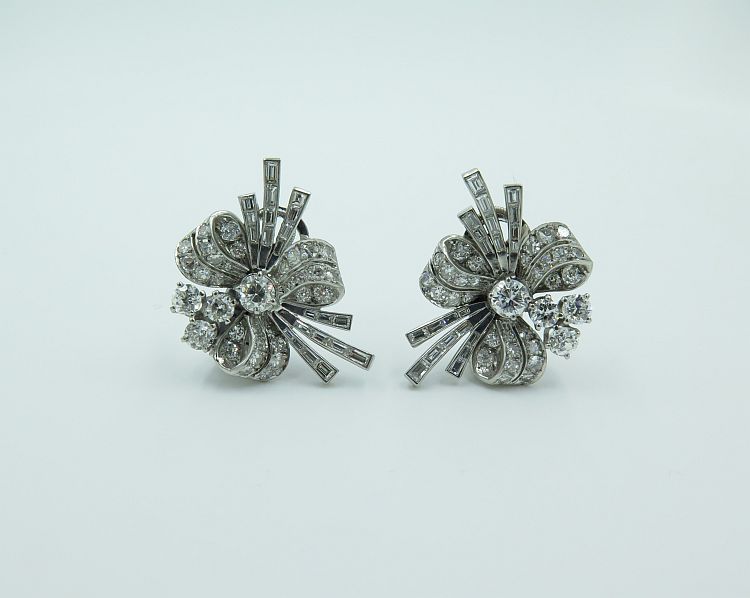
Maintaining mystique
Antique and estate jewelry is new jewelry to the person buying it, Lewand points out. “We have to create a mystique for this jewelry and the importance of it, and provide buyers with the assurance that they’re getting a natural diamond, a mined diamond.”
He predicts that “some of the better antique and estate jewelers are going to start getting testing equipment shortly and start checking whether stones are synthetic. I think they will start looking at a piece more carefully, checking whether the stones have been replaced and asking their clients for old paperwork. It is important for the industry to have a sharpened awareness of the possible problem.”

WHO IS EDWARD A. LEWAND?
Edward Lewand is a professional, independent appraiser of fine and antique jewelry and has been retained as a business consultant for jewelry companies, galleries and the Internal Revenue Service (IRS). He received a graduate gemologist degree from the Gemological Institute of America (GIA), is a certified member of the Appraisers Association of America (AAA) and is a senior accredited member in gems and jewelry at the American Society of Appraisers (ASA). He is also the director of Jewelry Camp, an international educational conference for industry professionals in the antique and vintage markets.
Main image: A pair of Art Deco platinum and natural diamond clips. Image: Camilla Dietz Bergeron Ltd.


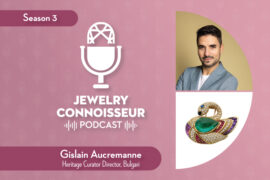
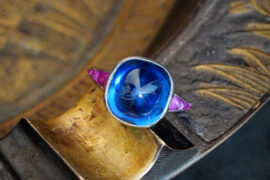
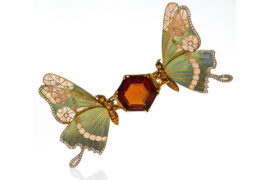
2 Comments
Interessant
Merci!